Unveiling the European Digital Twin Ocean: A DOF 2024 Recap
ISSUE III | July 2024

Welcome to another edition of the EDITO newsletter! In this issue, discover highlights from the third edition of the Digital Ocean Forum (DOF), held in Brussels (Belgium) on 12-13 June 2024. A flagship event for the European Digital Twin Ocean, DOF 2024 gathered over 200 participants from the marine science community, the European Commission, national governments and other stakeholders to unveil the pre-operational European Digital Twin Ocean core infrastructure (EDITO), its capabilities, applications, long-term perspectives and collect feedback and requirements to establish priorities for future development.

Shaping the Future of Our Oceans through Innovation and codesign
DOF 2024 marked a significant leap forward in co-creating the European DTO. This groundbreaking platform aims to revolutionize how we access and utilize marine data. Imagine a central hub integrating diverse resources, enabling real-time analysis, and supporting predictive modeling – that’s the power of the European DTO!

DAY 1: Unveiling the Prototype
The first day kicked off with a Scientific & Technical Workshop, a vibrant networking session attended by representatives of more than 60 EU research projects and digital twinning initiatives, setting the stage for collaboration. Key speakers from the European Commission, EDITO team and national and EU research projects provided opening remarks, followed by diverse and interactive sessions throughout the day:
- Exploration of the EDITO Platform: Experts presented the platform’s functionalities, showcasing how it integrates data sources, supports real-time analysis, and aids in predictive modeling for better ocean stewardship. Early beta testers shared their experiences and valuable insights. These sessions were not recorded, but you can watch a related Warm Up Webinar and Follow Up Webinar capturing impressions from users by following the links.
- Breakout Sessions: Participants delved deeper into specific aspects of the platform, addressing user needs, challenges, and opportunities. Discussions focused on the EDITO Data Lake and Modelling Engine towards the creation of an interoperable network of digital twins, and aligning a long-term vision for the European DTO to support European and international policy objectives.
- Closing Remarks: Day 1 culminated with a summary of key takeaways from the breakout sessions, highlighting the importance of continued collaboration and innovation.
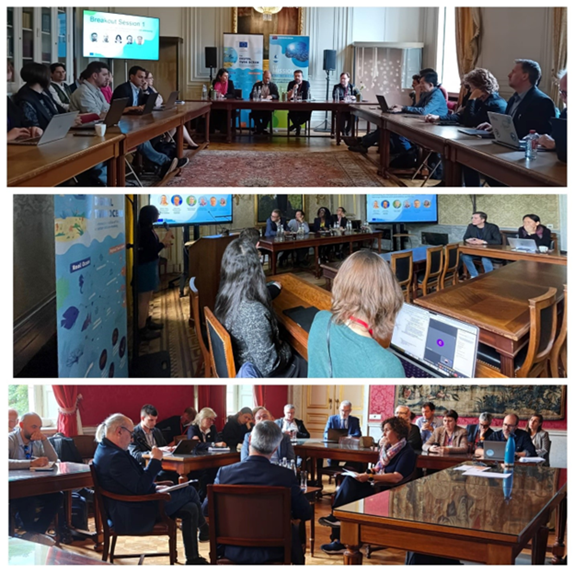

DAY 2: High-Level Event
Day 2 unfolded with a High-Level Public Event, showcasing the European DTO to a wider audience. Here are some key highlights:
- High-Level Interventions: EU Commissioners and representatives from national and regional governments emphasized the importance of the European DTO in revolutionizing ocean management and sustainability.You can watch the key-notes here.
- A compelling video titled “European Digital Twin Ocean: A game changer for policymakers, coastal communities & society” brought the platform’s capabilities and vision to life. It showcased real-world environmental challenges faced by coastal communities and how the European DTO will provide data-driven solutions.
- Unveiling the Prototype: Kestutis Sadauskas, Deputy Director-General of the European Commission for Maritime Affairs and Fisheries of the European Commission, officially unveiled the European DTO prototype. He emphasized the collaborative efforts and significant progress made in delivering this core infrastructure.
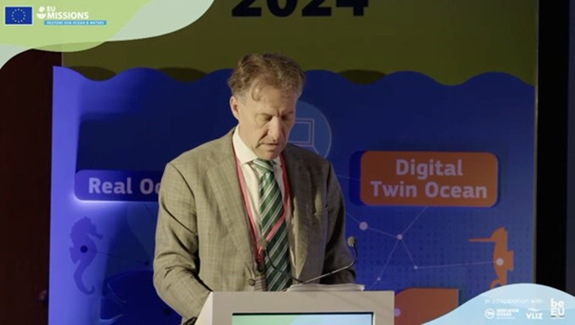

Demonstrating the Power of the EU DTO
The event featured a captivating demonstration of the European DTO’s capabilities. Here are some captivating applications:
- Monitoring and Forecasting Marine Plastic: Safeguarding our oceans and coastal communities from plastic pollution. Watch the recording here.
- Optimizing Nature-Based Solutions: Utilizing seagrass and other natural solutions to address coastal hazards. Watch the recording here.
- Unraveling Marine Food Webs: Supporting marine biodiversity conservation through advanced data analysis. Watch the recording here.
These demonstrations highlighted how the platform can empower scientists, environmental managers, and policymakers to tackle critical issues with innovative digital solutions.You can watch these and more DTO applications here.
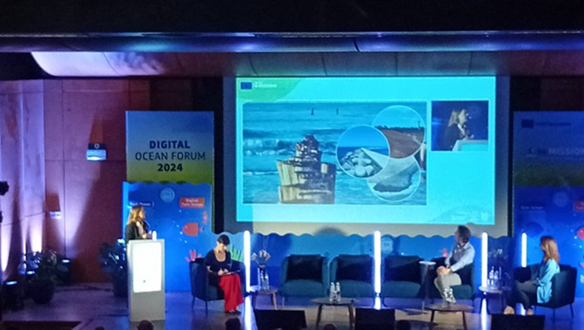

Live Demo of the European DTO
In a private live demonstration of the European DTO platform, EU Commissioner Iliana Ivanova, together with key stakeholders, were given a full demonstration of the European DTO, including impactful applications showing data on marine plastic waste and sea turtle distribution. “The Digital Twin Ocean is really extraordinary and unprecedented,” she told journalists during the demonstration. The demonstration covered five main sections, including society’s expectations, cutting-edge information and data, new products and services, support to decision-making and the unique network of experience.
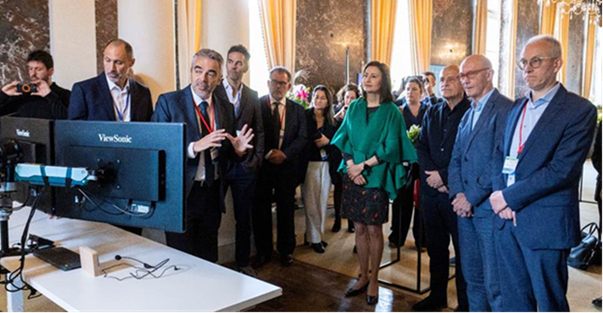

A Look Towards the Future
The forum concluded with discussions on the long-term vision for the European DTO. Key topics included:
- Involvement of Early Career Ocean Professionals and Citizen Initiatives
- Societal and Ethical Considerations
- What Will the Future Look Like? Forward-looking presentations on the EU DTO’s potential impact on marine science, policy, and community engagement.
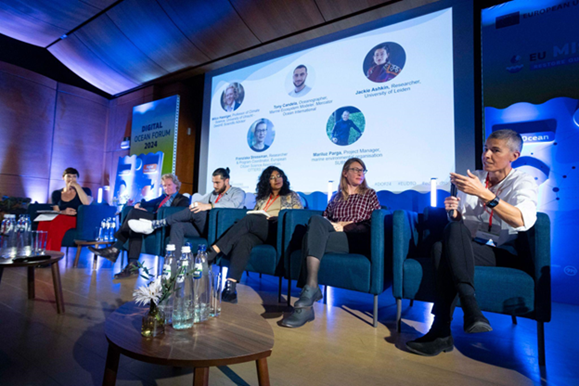

The Final Word: A Beacon of Hope for Our Oceans
DOF 2024 successfully unveiled the European DTO prototype and ignited a wave of excitement about its potential. As John Bell, Director of Healthy Planet at DG Research & Innovation of the European Commission, aptly stated, “With the launch of this DTO, we’re not just turning on a switch on an interesting digital project; we’re turning on the lights in the ocean and our future.” The European DTO promises to be a transformative “space and time machine” for understanding and addressing ocean challenges, fostering collaboration, and driving sustainable solutions for generations to come. Again, you can watch the recording for this and all other key notes and discussions at your own time, here.
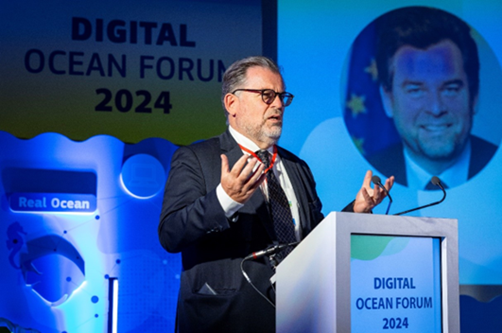

Stay connected for future updates as this groundbreaking initiative unfolds!
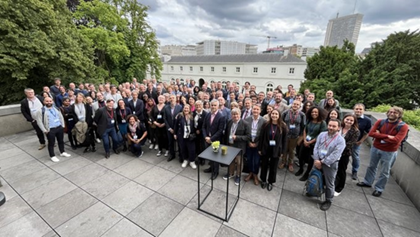
Explore the European DTO further by following these resources:



